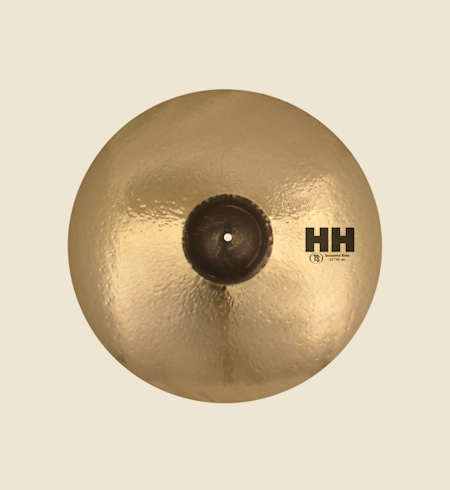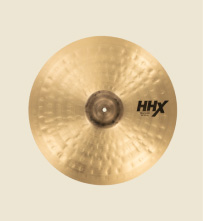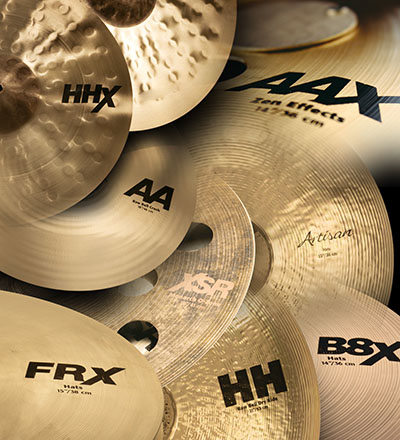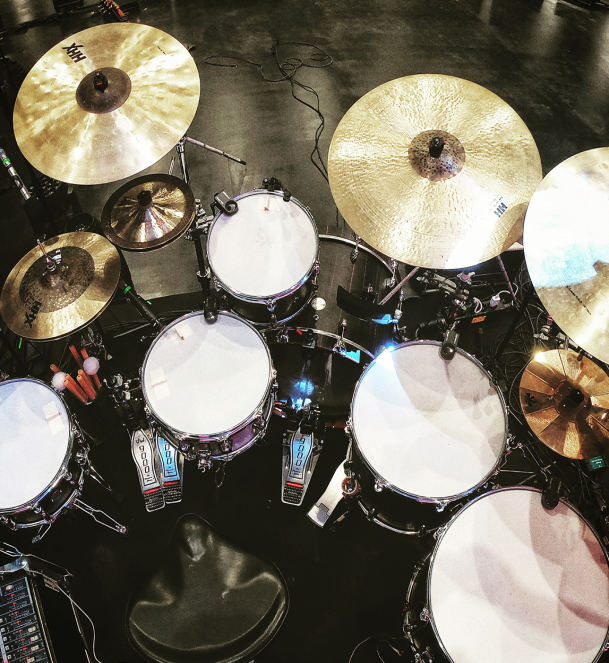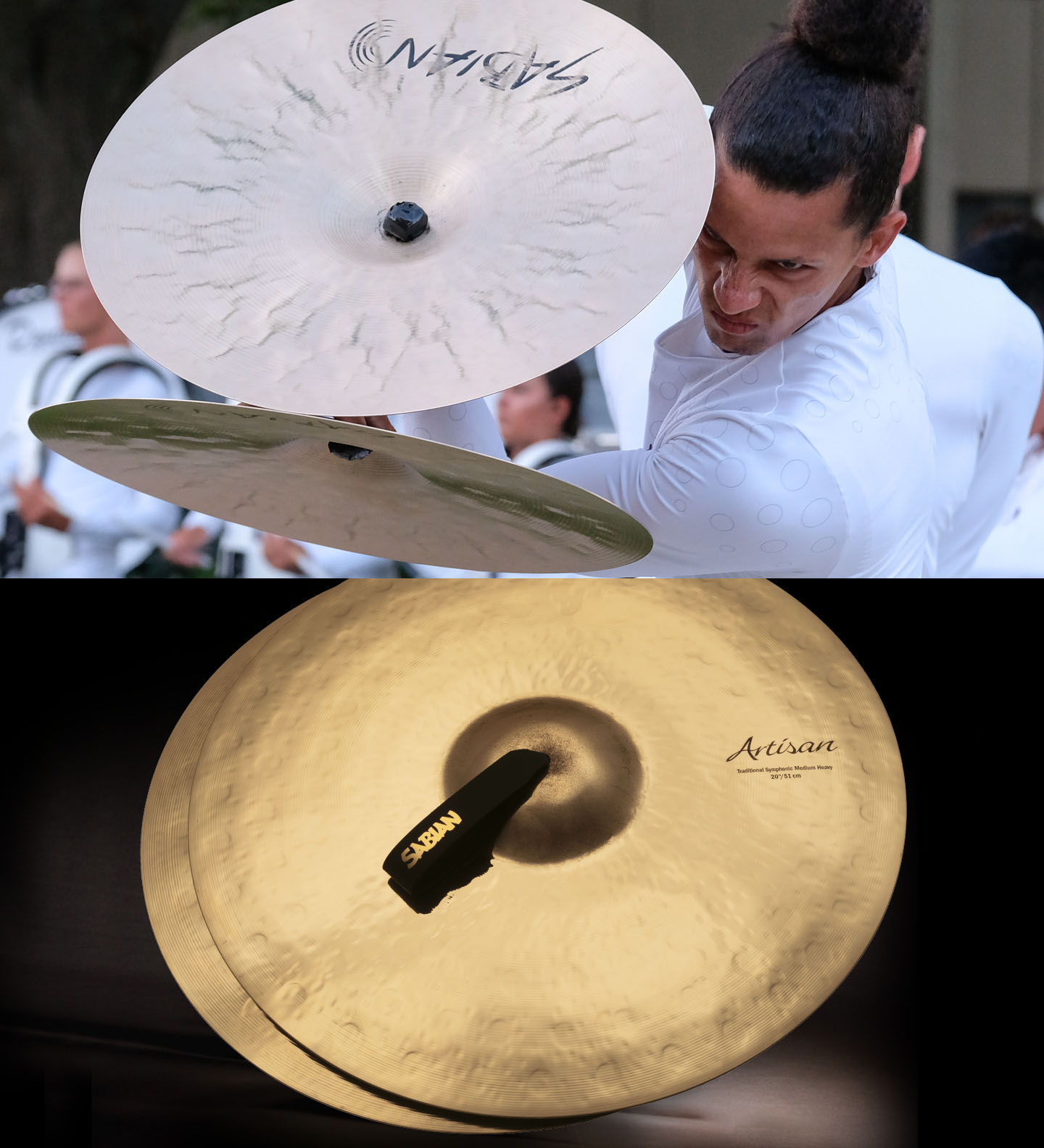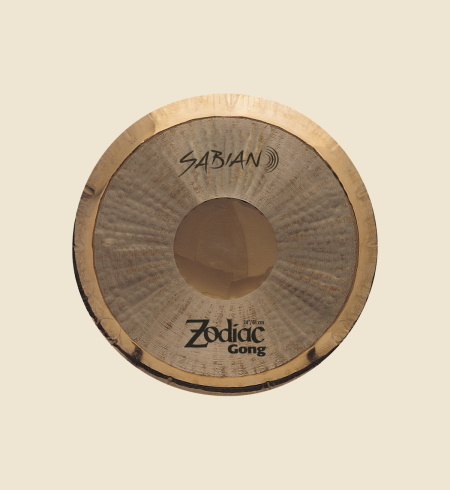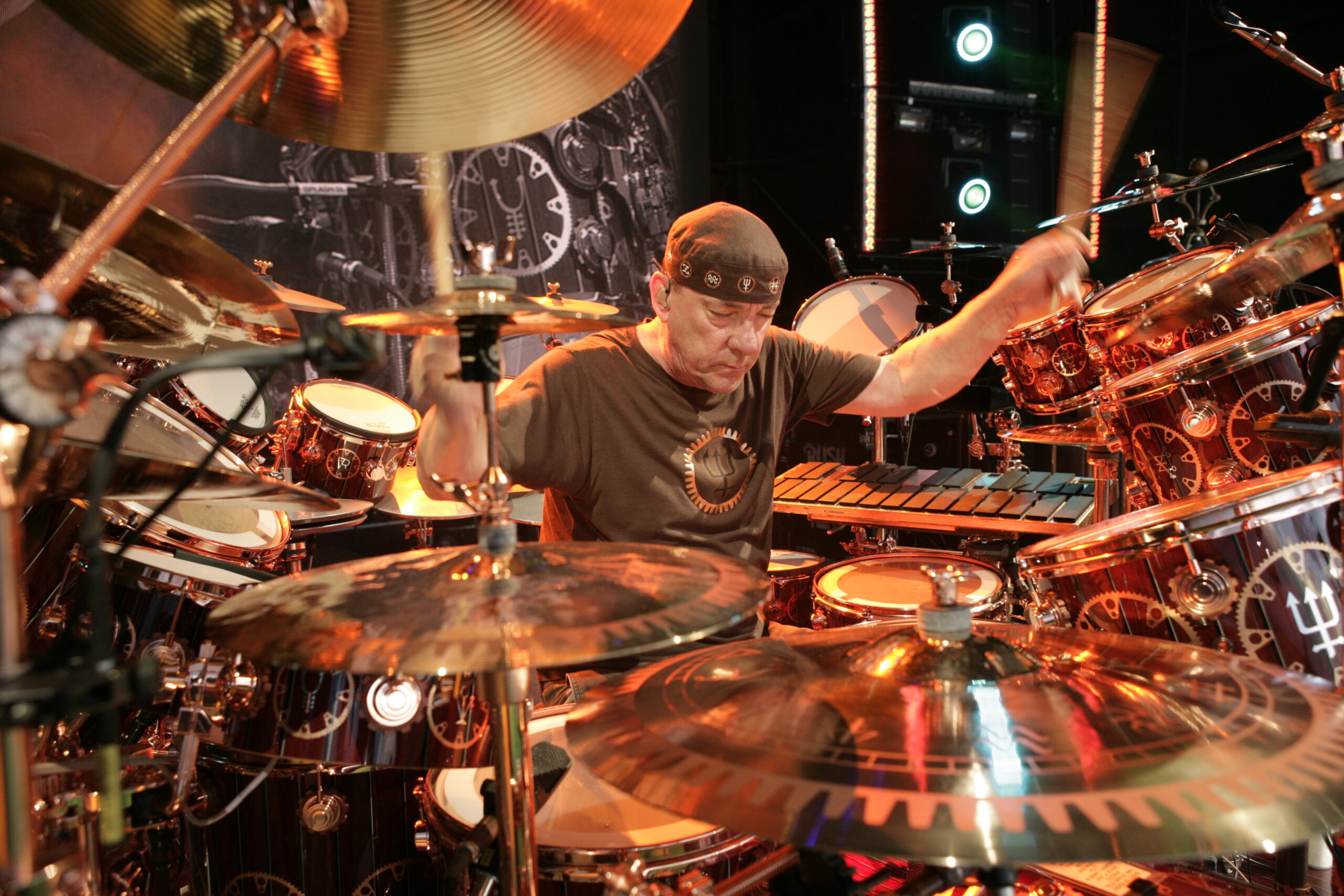This September, we marked what would have been Neil Peart’s 71st birthday, reflecting on the amazing experiences we had creating sounds with him. September also marked twenty years since the drumming icon had navigated a heavy downpour on his BMW motorcycle, as it moved east along the Trans-Canada Highway on a fateful voyage from Montreal to New Brunswick. After a detour to see the World’s Longest Covered Bridge in Hartland and a night’s sleep at the nearby Holiday Inn, Peart arrived at his destination in Meductic, a red metal building nestled along the water.
“The autumn colors were just starting to brush the deep green woods along a wide stretch of the Saint John River above the Mactaquac Dam, a beautiful setting for the SABIAN complex, from the original barn-sized foundry to the modern array of offices and manufacturing areas,” wrote Peart, in the 2004/2005 issue of SABIAN NewsBeat. “The forested riverbanks reflecting on the glittering water and the tree-shaded lawns gave new meaning to the words ‘industrial park.’”
Peart had been invited to visit the factory to collaborate with Mark Love, SABIAN’s Director of Research and Development, on the design of his own signature cymbal line. In September 2003, the Rush drummer was still using a 22” ride that had been made in the factory, which he’d purchased all the way back in 1973. Still, the magnitude of creating his own line was not lost on Peart.
“A daunting challenge, to say the least, to try to contribute something new to a tradition dating back hundreds of years to the cymbal-makers of old Constantinople,” he wrote of the experience. “Just because I appreciated the products didn’t mean I knew anything about making them. But I would soon learn more about cymbals than I had ever suspected, even after nearly forty years of sitting behind them and hitting them.”
The pair worked diligently, first experimenting with a bow-lathed, raw bell cymbal, before homing in on a combination of lathing and hand hammering for the bell, which Peart said captured “a sharp, musical sound with a range of complex overtones.” Work on the line continued remotely after that initial factory visit, with Peart and Love sending ideas back and forth.
“The next discovery came a few weeks later, after Mark and I continued our conversations by e-mail, and he sent me his latest ‘inspiration’: some prototype crash cymbals with the AAX ‘pinpoint’ lathing on the top, and the classic Turkish-style AA lathing on the bottom, combined with the hand-hammered bell, which we had decided to make a recurring theme on all the cymbals,” Peart wrote. “The narrower grooves on top made for a fast, lively response, while the traditional wider ones on the bottom gave a full, rich tone. This combination proved to be exactly what I had been looking for in a crash cymbal: a unity of rapid attack and swell around a solid, musical sound with a smooth decay.”
When it came to the task of naming the line that he’d captured alongside Love, Peart wanted “something that would reflect our aim of creating an excellent, highly-musical cymbal, crafted by a unique combination of traditional methods.” The drummer initially conceptualized names including Excelsior, Heritage, and Patina, before a group consensus was reached around the name Paragon. The rest, as they say, is history.
“On that September morning when I set out in the rainy gloom to ride those 600 miles to Meductic, I never imagined I was riding into an adventure that would teach me, inspire me, and reward me so much,” wrote Peart. “And what a pleasure it is to have contributed to the design of the instrument I have been playing for almost forty years.”

